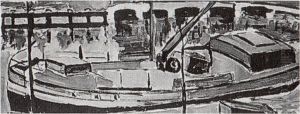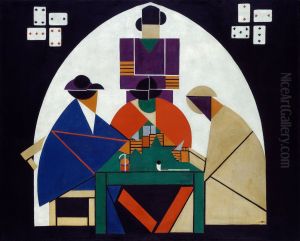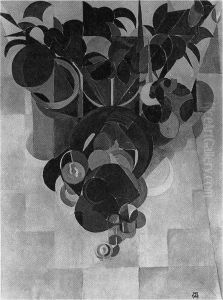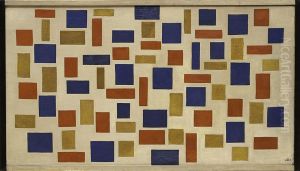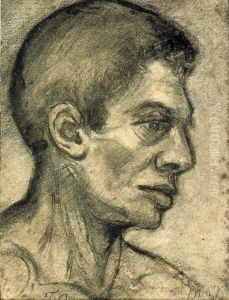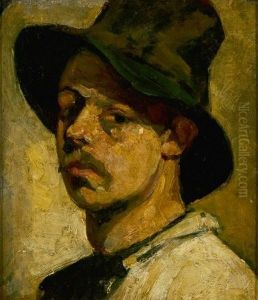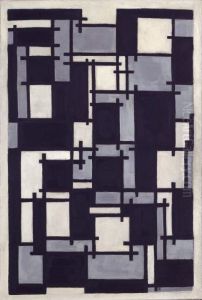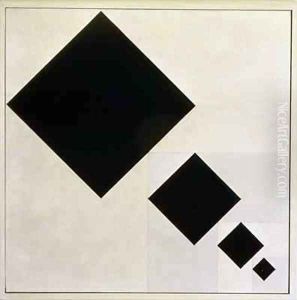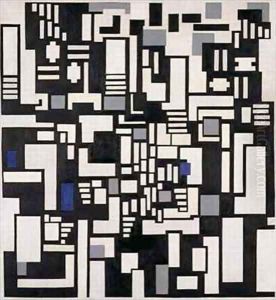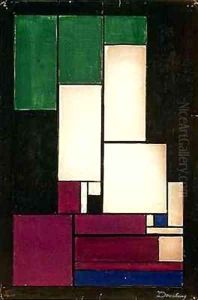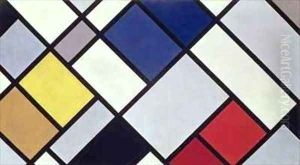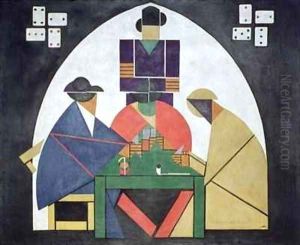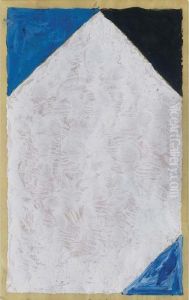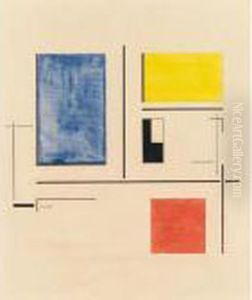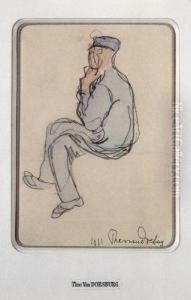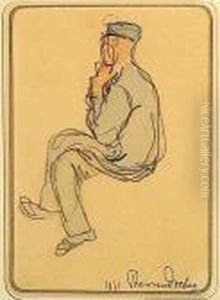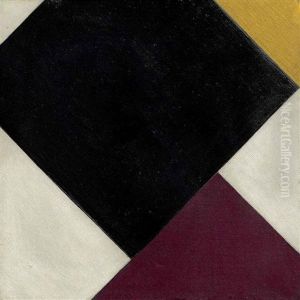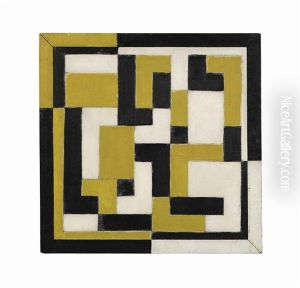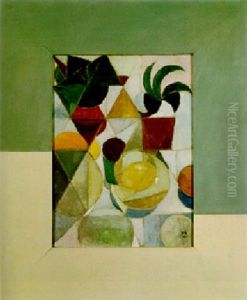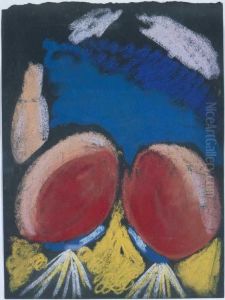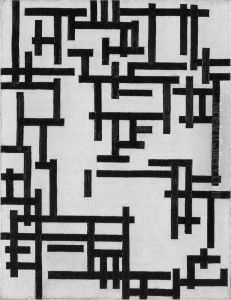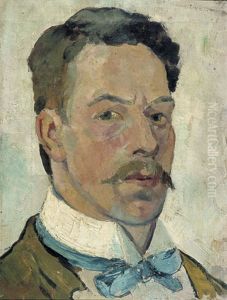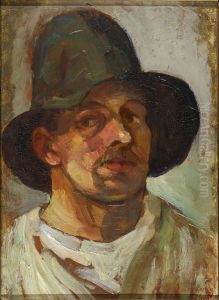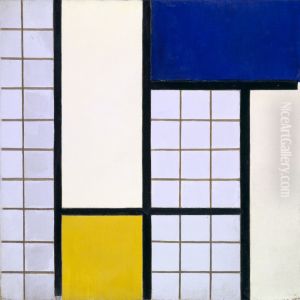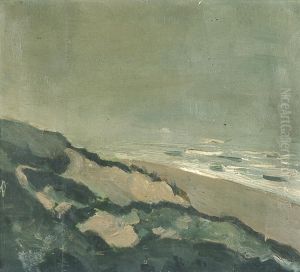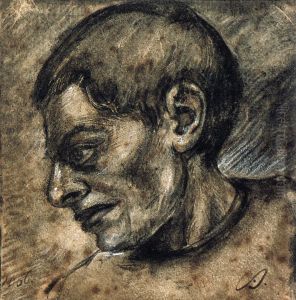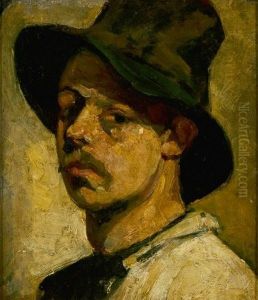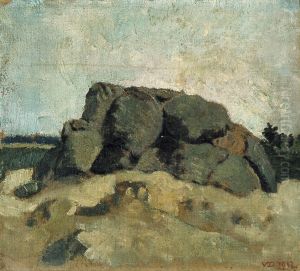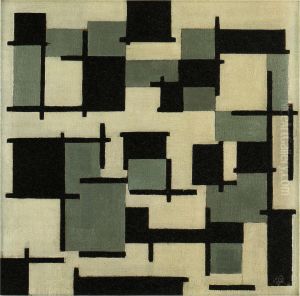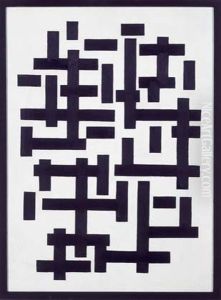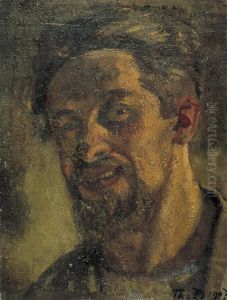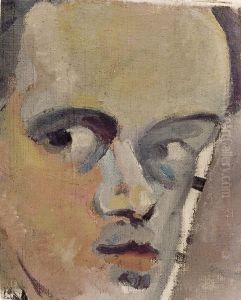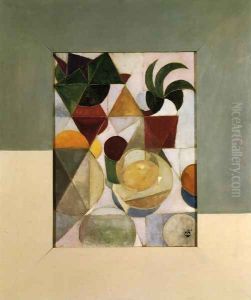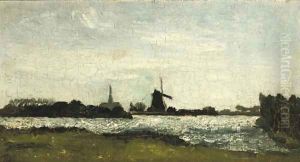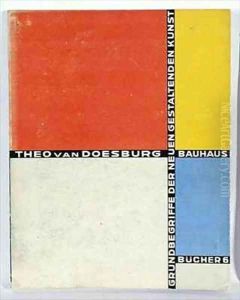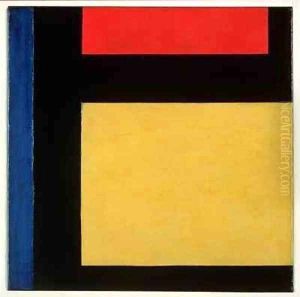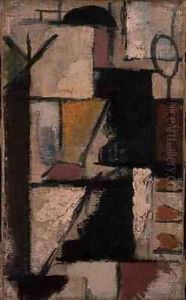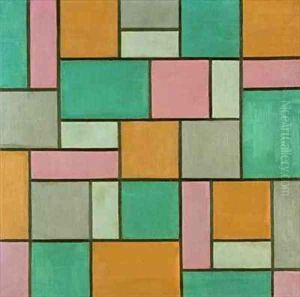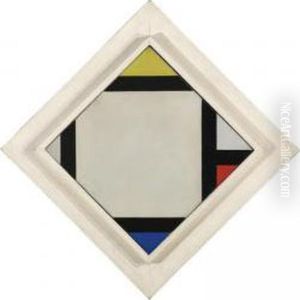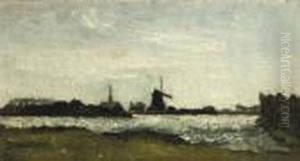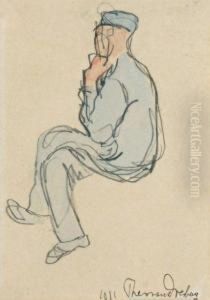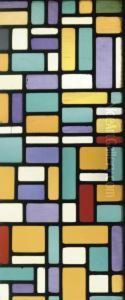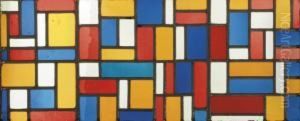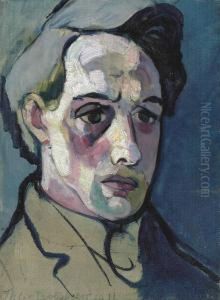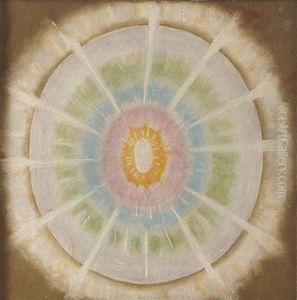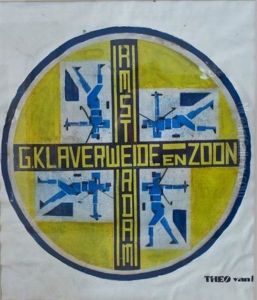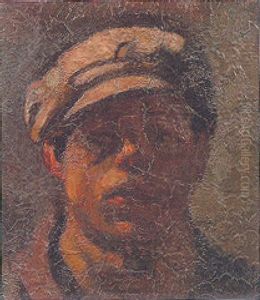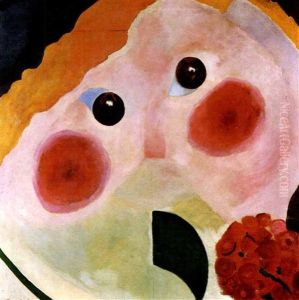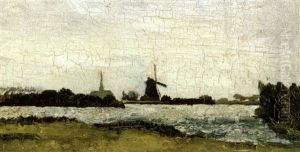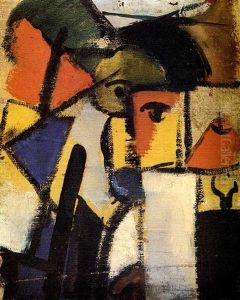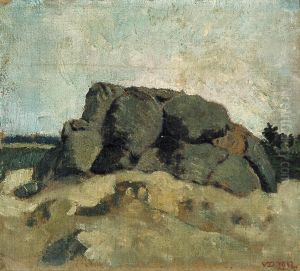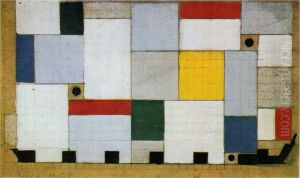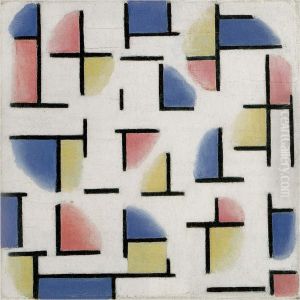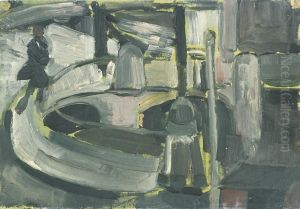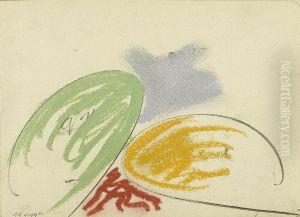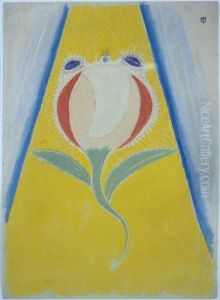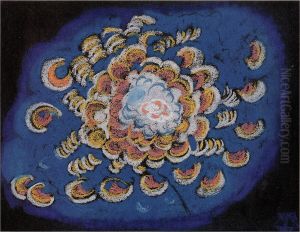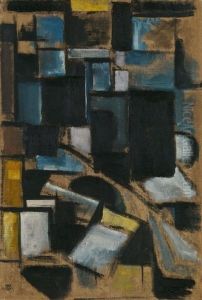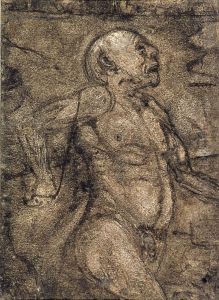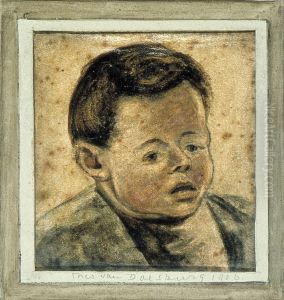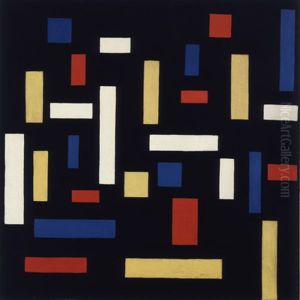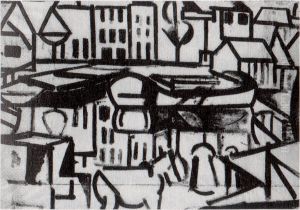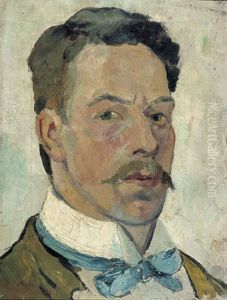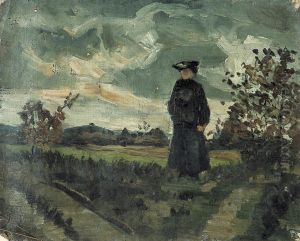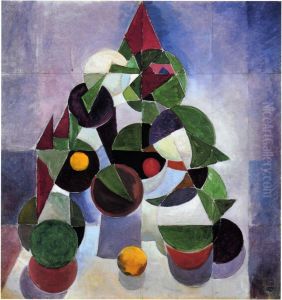Theo van Doesburg Paintings
Theo van Doesburg was a Dutch artist, who is best known as the founder and leader of De Stijl, an artistic movement that sought to express a new utopian ideal of spiritual harmony and order through abstraction. Born Christian Emil Marie Küpper on August 30, 1883, in Utrecht, the Netherlands, he adopted the name of his stepfather Theodorus Doesburg to sign his works.
Van Doesburg was not only a painter but also a writer, poet, and architect. His artistic journey began with an interest in acting and painting. His early works were influenced by Impressionism, but as his style evolved, he became more interested in the avant-garde movements of his day, including Cubism and Futurism. The formation of De Stijl in 1917 marked a significant turn in his career. Together with Piet Mondrian and other artists, he began to produce works that were characterized by a strict geometry of horizontals and verticals, and a limited palette of primary colors along with black and white.
Throughout his career, van Doesburg actively promoted the De Stijl principles through lectures, writings, and magazine publications. He was the editor of the De Stijl magazine, which was crucial in spreading the movement's ideas. Despite a close collaboration with Mondrian, van Doesburg eventually broke away from the strict horizontal and vertical lines of De Stijl, introducing diagonals in a series he called Elementarism. This led to a rift between him and Mondrian, who remained committed to the orthogonal dogma.
Van Doesburg also explored the integration of painting, sculpture, and architecture. In the 1920s, he worked on several architectural projects, applying De Stijl principles to interior design, stained glass, and furniture. He collaborated with architect J.J.P. Oud and with Hungarian artist and architect Cornelis van Eesteren on the design of buildings and room decorations that aligned with De Stijl aesthetics.
Tragically, van Doesburg's life was cut short when he died from heart failure on March 7, 1931, in Davos, Switzerland. Despite his relatively brief career, his work and theories about art were influential in the development of modern abstract art and had a lasting impact on various design disciplines, including graphic design, furniture design, and architecture.
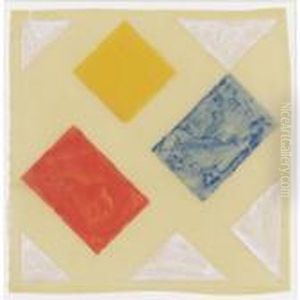
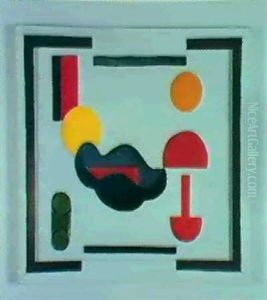
![[1]](https://www.niceartgallery.com/imgs/4656415/s/theo-van-doesburg-1-f1f8f971.jpg)
